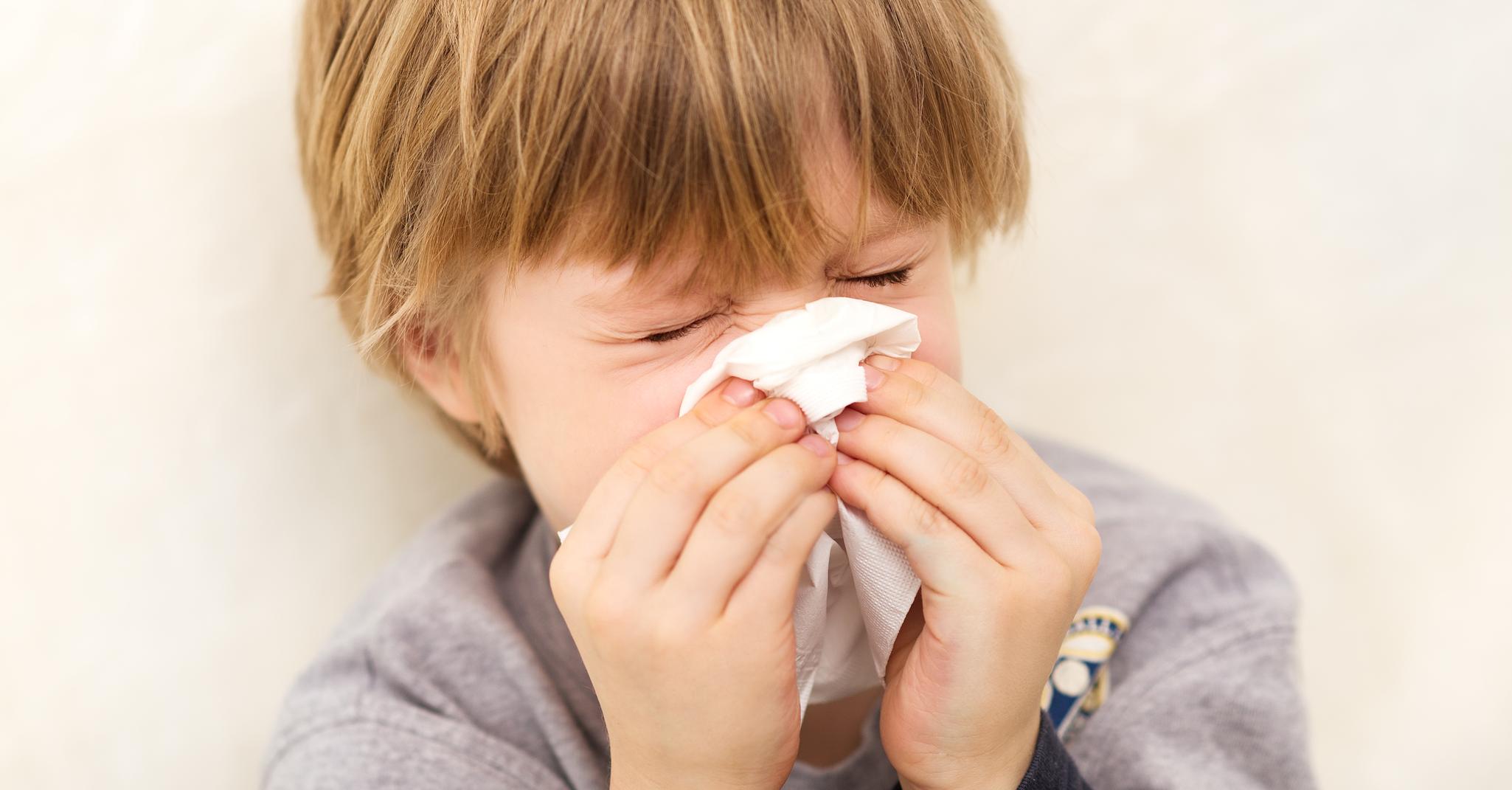Common Causes And Risk Factors Of Croup
As some parents are all too well aware, croup is a condition that generally affects young children. Croup can cause them to experience difficulty breathing and a persistent bark-like cough, indicating there is an infection in the upper airways. Swelling tends to surround the trachea, larynx, and bronchi, and it is this swelling that causes a cough to sound like a bark when air is being forced out. The good news, however, is croup typically isn't serious, it can be treated at home. However, more chronic cases should be seen by a doctor. Get familiar with the common causes and risk factors associated with croup now.
Viral Infection

One of the most common causes of croup is the presence of a viral infection. Influenza or parainfluenza virus is one of the usual suspects in this case. Most of the time, children get these types of viruses without actually developing croup. Of course, influenza viruses can be serious in children of all ages, and the sooner the virus is treated, the less likely a child will develop croup as a result of influenza.
Additionally, croup can be caused by respiratory syncytial virus (RSV). RSV tends to cause infections in the respiratory system for infants and children. The more severe the infection, the more noticeably distressed the child's breathing will become.
Spasmodic Infection

There is another type of croup that can be activated by an infection while not being caused by one. This is known as spasmodic croup, and it can be quite similar to the infection-based forms of croup since they share many symptoms, such as a barking cough. However, the spasmodic infection sets in suddenly, presenting without a fever. It can be caused by an allergic reaction and most commonly occurs in children who range between three months and three years old. Infectious crop, on the other hand, more frequently presents itself in children up to six years old.
